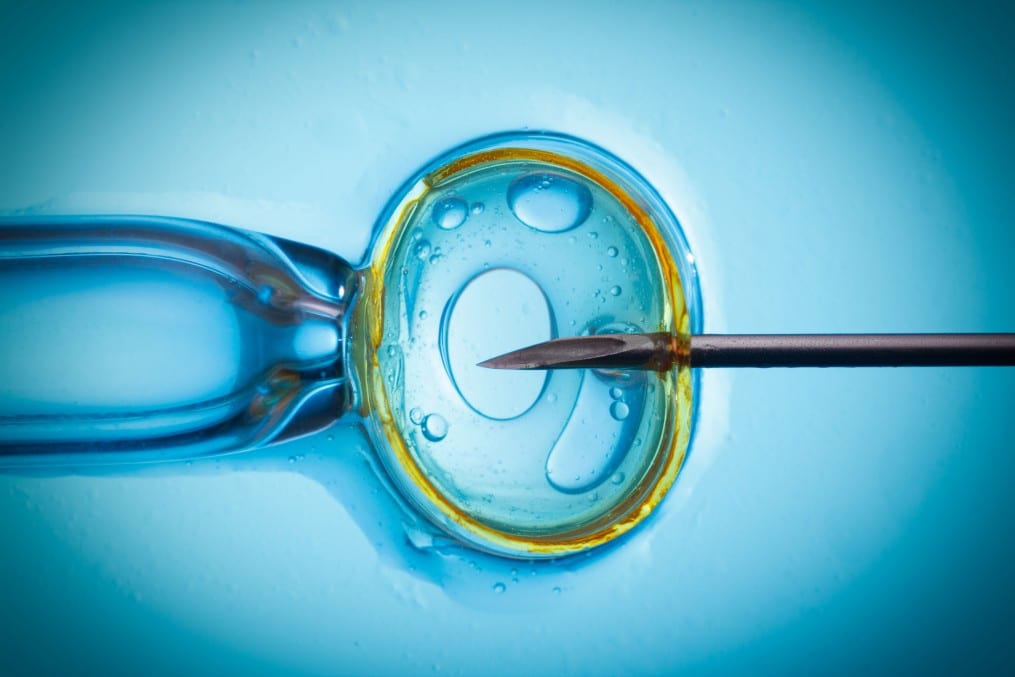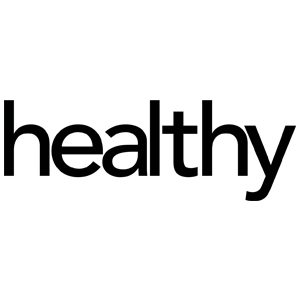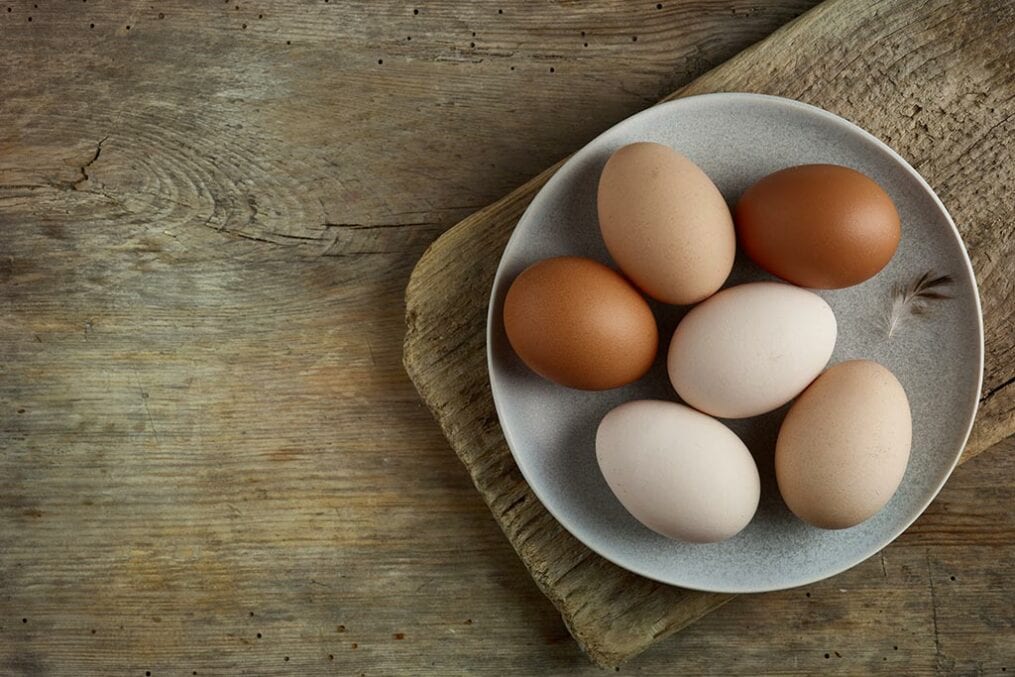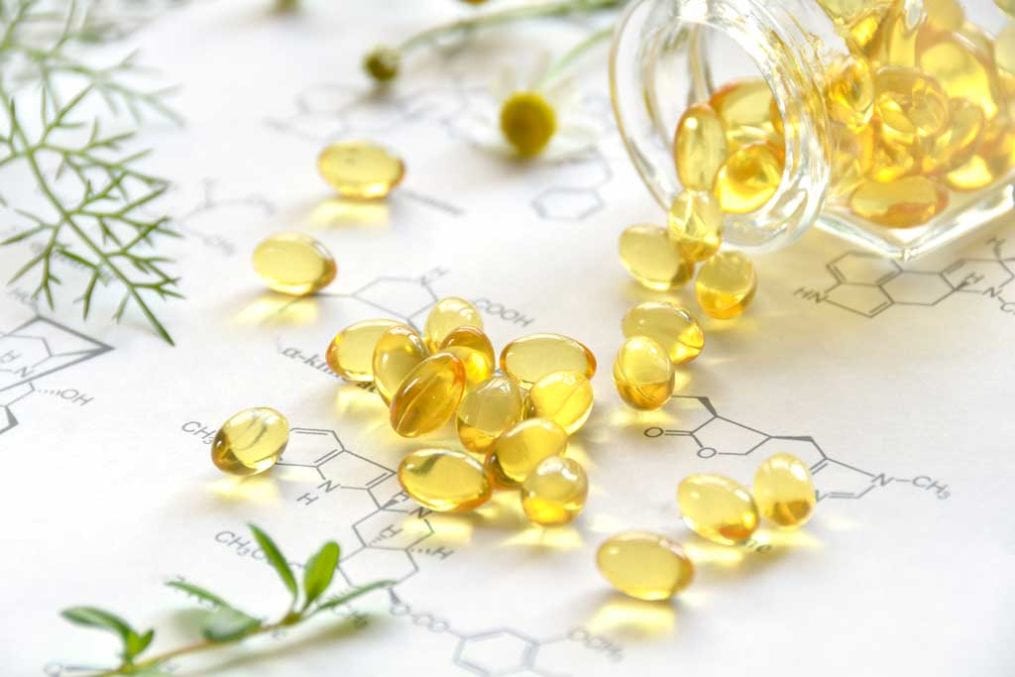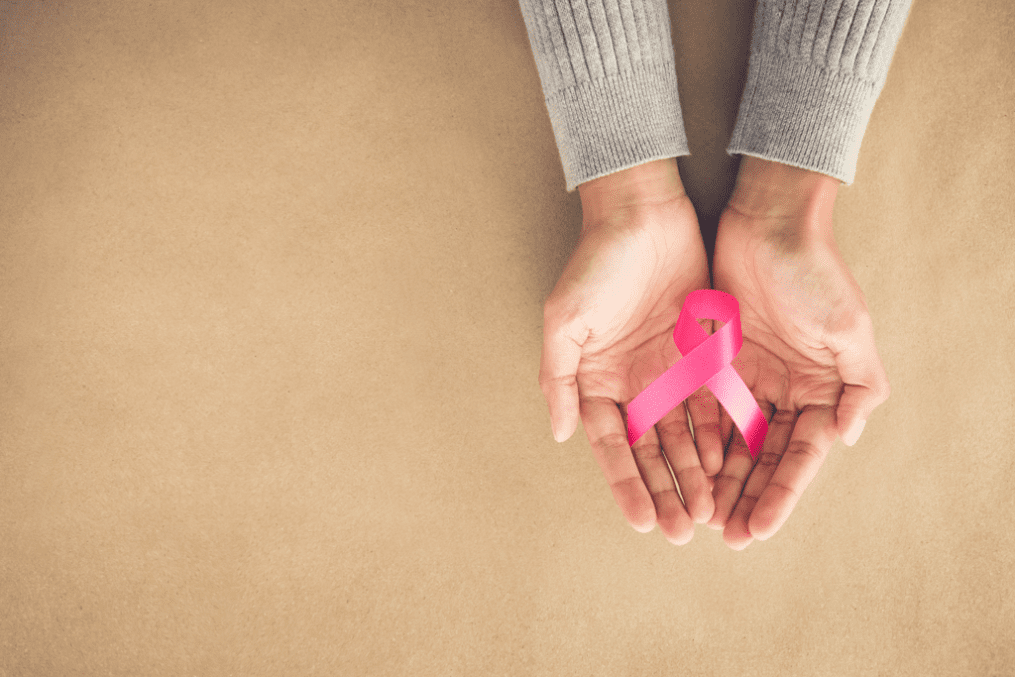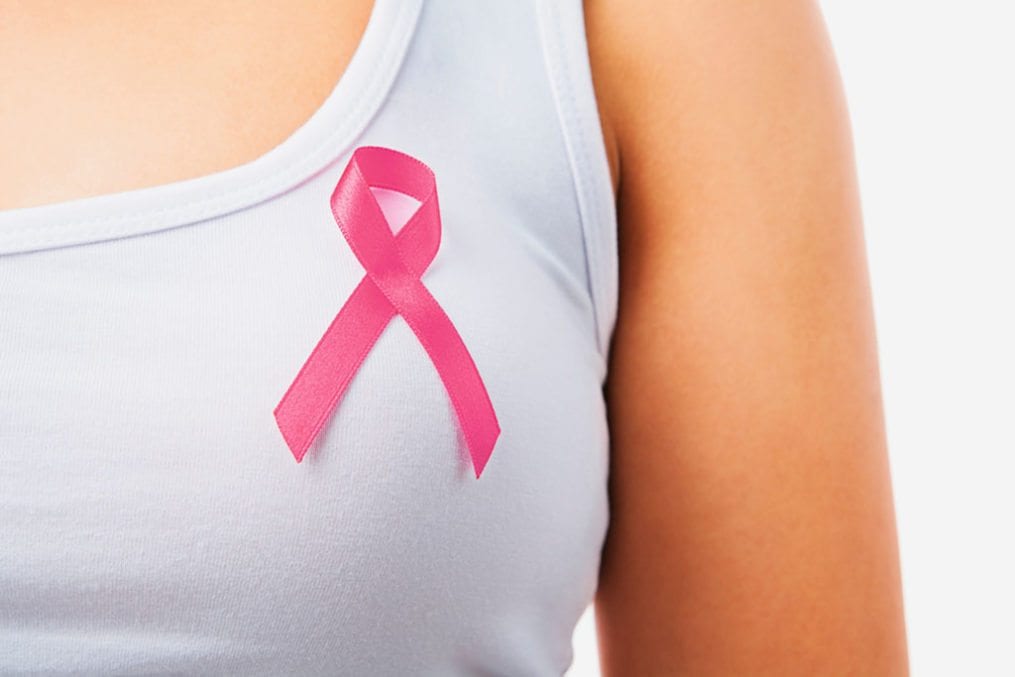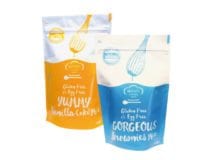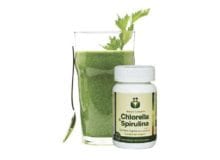The latest thinking on getting pregnant after cancer
 The latest numbers suggest half of us will likely get some form of cancer in our lifetimes. And ‘the big C’ doesn’t wait for you to have your relationship stabilised or your family birthed before showing up.
The latest numbers suggest half of us will likely get some form of cancer in our lifetimes. And ‘the big C’ doesn’t wait for you to have your relationship stabilised or your family birthed before showing up.
 In happier statistics – Dr Javier Domingo, director of the Spanish IVI fertility
In happier statistics – Dr Javier Domingo, director of the Spanish IVI fertility
clinic in Las Palmas tells us – oncological treatments have improved to the extent where between 70 and 80 per cent of patients survive. ‘But the consequences are really important,’ he explains. ‘You don’t just want to live. You want to get on with your life. And for many women, that means having children – especially if they are diagnosed at a young age.’
Read more: How old is too old to get pregnant?How cancer treatments impact your fertility varies massively according to what type you have, for how long, and the age at which it’s administered. Common side effects include inhibiting the production of certain hormones, early menopause
or damaging the lining of your womb. But new developments in oocyte cryopreservation – or egg freezing for us norms – are enabling women with cancer to recover, rest and still reproduce. Dr Domingo gave us the facts.
1. It’s important to act quickly
‘At the moment of diagnosis, everyone is worried. The oncologist will want to start the chemotherapy but it’s important that they talk to the patient about fertility preservation as quickly as possible,’ he says. Why? ‘Because we need at least a week for the ovarian stimulation to do one IVF cycle,’ he explains. ‘It’s important for the survival of the patient, and their fertility, that we don’t lose any time.’
2. New technologies have changed the game
‘For those of us in reproduction technology, vitrification is a new day,’ says Domingo. After ovulation, physicians collect oocytes – an immature ovum, and store them in liquid nitrogen at a cool -196ºC. When a woman is ready to have a baby, they are ‘warmed’ and inserted as per a ‘normal’ IVF cycle.
‘Before, “slow” oocyte freezing caused harm to the eggs. Ice crystals would form and the embryos couldn’t survive,’ he explains. But with the new process? ‘At the moment we have 37 patients that have used the oocytes. Of that number we have eight newborns, and five more on the way – it’s great,’ he explains.
3. Starting young helps with success rates
‘The problem is with the miscarriage; of that number we’ve had five. Cancer itself doesn’t impact your chances of miscarrying – but it is more common in our older patients,’ he says. ‘If you’re going to vitrify before 35, the results are very good. If you wait until later, the results are more mixed,’ he explains. However, INVI state on their website that by using a donor egg, women up to the age of 50 can have the same chances of success as those under 35.
4. This doesn’t have to be a VIP procedure
‘At first we were considered experimental, but now our program in Spain is free, and many hospitals will send their cancer patients to us for fertility preservation,’ he explains. ‘We agree that it simply has to be a part of the oncological treatment,’ he adds.
 To learn more about getting pregnant after cancer or elective egg freezing, visit www.ivi-fertility.com
To learn more about getting pregnant after cancer or elective egg freezing, visit www.ivi-fertility.com
Want more expert fertility advice? For a balanced take on getting pregnant post-35, read our investigation in the October/November issue of healthy, on sale now!
